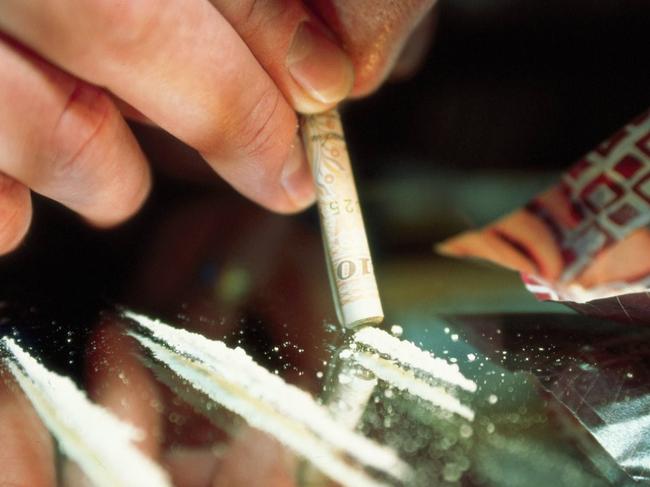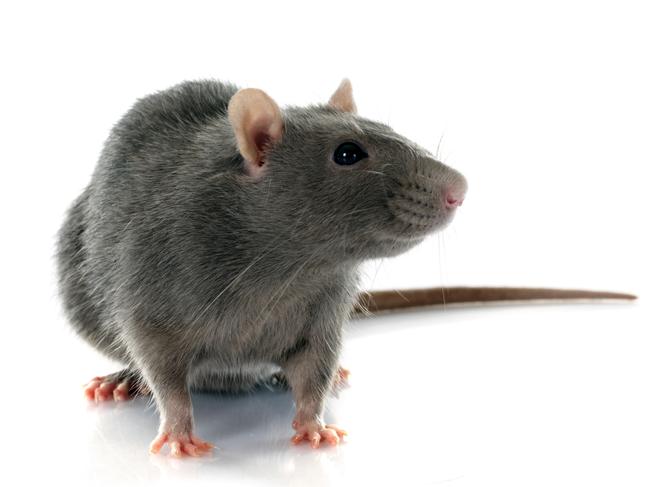What scientists learned from rats given cocaine in study on addiction
A study using lab rats and cocaine is helping scientists understand why certain people develop drug use disorders while others do not. And one finding was not what they expected.
Cocaine Inc
Don't miss out on the headlines from Cocaine Inc. Followed categories will be added to My News.
A new study into addiction using lab rats who were given cocaine is shedding new light on why drug use disorders affect some but not others.
Scientists have long struggled to understand why certain people develop addictions while others do not, making the task of finding prevention strategies that work difficult.
This latest round of research focused on the aversive, or unpleasant, experiences that come with use of addictive substances, like bitter taste, smoke inhalation and needle use.
Researchers said the initial reaction to the aversive cues can help determine individual susceptibility to addiction, The New York Post reported.
The study’s author Travis Moschak said aversive cues matter from the very first exposure.
Dr Moschak – a Ph. D biologist at the University of Texas, El Paso – explained that while previous studies explored the relationship between aversive cues and drug use, the latest research was the first to study them as a paired experience from the first instance of drug use.

The study, published in the journal Drug and Alcohol Dependence, involved almost 30 lab rats who could self-administer small doses of cocaine by placing their noses in a specified hole.
After each hit of cocaine, the rats were given a bitter-tasting dose of quinine – that ingredient that gives tonic water its unusual taste.
The responses of the rats to the mixed positive-negative experience were measured to gauge whether their distaste for quinine outweighed the joy of a coke high.
Listen to our Cocaine Inc podcast below:
Dr Moschak and his team recorded three distinct patterns to emerge among the coke-using rats, but the third was not what they expected.
One group immediately had a strong aversion to the quinine and stopped taking the cocaine entirely. Dr Moschak said this response was similar to someone never touching a drug again after having a negative first experience.
A second group involved rats that decided to start with low doses of blow before gradually increasing their intake. This suggested that the sweet high was worth the bitterness of the quinine so the aversive cue was not enough of a deterrent to make them stop.

But, unexpectedly, a third group of rats went for it and started with heavy self-administered doses of cocaine but then gradually tapered off.
“The third group surprised us,” Dr Moschak said. “They seemed to have overindulged, and the combination of too much cocaine and too much aversive stimulus took over.”
Dr Moschak said that these findings could help explain why some individuals develop addictive patterns.
Research to come will focus on the brain regions activated during the paired experience of drugs and aversive cues.
Dr Moschak said he was hopeful the information gained from the study would lead to a better understanding of the genetic and biological differences that inform substance use and abuse and improve programs aimed at preventing and treating addiction.
The number of deaths in the United States involving cocaine spiked in 2022 — rising more than 12 per cent in just one year.
The Post reports that the rodents got their nose candy through the National Institute on Drug Abuse which runs a program to supply restricted substances for research purposes.
The research team said the revved-up rats were taken off of the cocaine and were unharmed by the experience.
More Coverage
Originally published as What scientists learned from rats given cocaine in study on addiction




